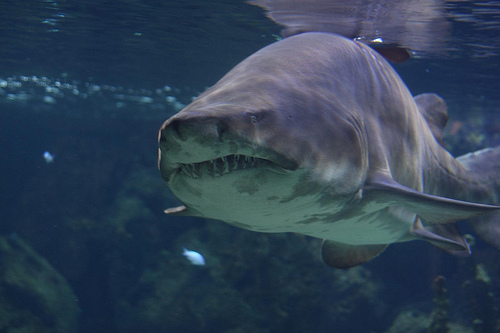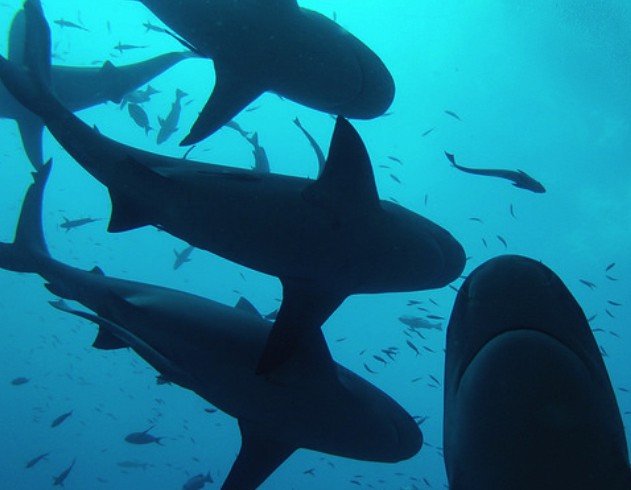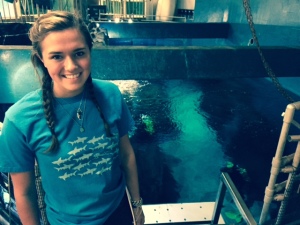Watching Shark Week years ago, I remember clinging to a pillow as red blood flashed across the TV screen. After hours of what seemed like real footage of vicious shark attacks, I feared Long Island sound beaches and the dark depths of my swimming pool.
As I began to learn more about sharks, I found that the classic Shark Week attack stories were feeding into our largest misconceptions. As the apex predators of the sea, sharks accept us as guests in their environment. As humans flock to the shark’s home more and more every year, occasional contentious interactions occur. Sharks are not the villain they are often made out to be, but instead are incredible creatures that have happily shared their space with divers and millions of swimmers for years.
This year, I returned to the couch to watch what I thought might be bloody attack tales. Though the attack stories still pepper Discovery’s Shark Week line up, I’m excited to see that they are no longer the focus. So far, I’ve seen episodes exploring the hunting behaviors of Oceanic Whitetip sharks in the Bahamas, feeding behavior of White Sharks off of Guadaloupe Island, and shark tagging in New Zealand. I am heartened to see Discovery’s appreciation of sharks and their recognition that we have overfished many shark populations and driven them into depletion.
It’s important to keep in mind that many of Discovery’s Shark Week programs are dramatized for entertainment. Sharks support healthy ocean ecosystems, and we as humans are ultimately dependent them for our own survival.











